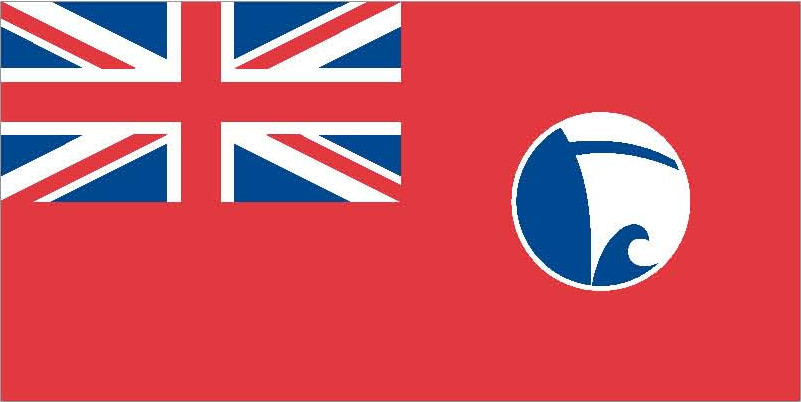


Previous names
- 1893 - 1912 Lodona
Details
Construction
Dimensions
History
Built in 1893 by Kingdom Yacht, Launch & Engineering Co.Ltd., DONOLA is a launch with a riveted steel hull and a steam compound engine made by the same firm. She has a fore saloon with 12 seats and an aft saloon with 10 seats and was built as LODONA for A Palmer (Huntley & Palmer, established 1843), the Reading biscuit manufacturer.
By 1912, she was owned by James Bigwood and renamed. Between 1920 and 1969 she was owned by the Thames Conservancy as their Upper Thames inspection launch.
In April 1969 she was presented to The National Maritime Museum.
Significance
What is the vessel’s ability to demonstrate history in her physical fabric?
DONOLA’s riveted hull is made of 3/16 inch mild steel plate and some re-plating is known to have been carried out in 1947, along with a survey of the boiler. She was taken out of operational use in 1969 and is now in museum storage, with her hull believed to be in good condition. The vessel is still fitted with her original compound steam engine from 1893, although the side firing locomotive boiler was renewed by Abbot and Company of Newark in 1923.
What are the vessel’s associational links for which there is no physical evidence?
Built on the Thames as a private launch, DONOLA was purchased by the Thames Conservancy Board in 1920 and remained in their ownership for 50 years which gives her a close association with the London area. During this time, she was used principally for the maintenance and control of the navigation of the river. One of her key duties was to carry the Board’s Lock Gardens Committee on its inspection for the annual competition. In the 1960s, she featured in the film ‘Three Men in a Boat’ and, in 1969, the Board donated her to the National Maritime Museum. She was then publicly displayed in Neptune Court for over 25 years, giving her national recognition.
How does the vessel’s shape or form combine and contribute to her function?
DONOLA has a clipper bow and a counter stern giving her the graceful lines well-suited to a private yacht cruising on the calm waters of the upper Thames. Her accommodation is elegantly furnished for the comfort of her passengers, with the capacity for 12 seats in the fore saloon and 10 in the aft saloon, plus an open well deck forward. A notable feature internally is the elegant, curved stairway which leads from the deck to the fore-saloon. DONOLA’s original engine, which comprises two steam cylinders driving on two cranks, uses steam efficiently and economically providing a smooth passage, relatively free of vibration.
Source: Hannah Cunliffe, Policy & Project Manager, National Historic Ships Date: May 2011
Sources
Steamboat Register: An illustrated Register of surviving steam vessels in the British Isles, Steam Boat Association of Great Britain, Edition 6, May 1994
Brouwer, Norman J, International Register of Historic Ships, Anthony Nelson, pp148, Edition 2, 1993
Own this vessel?
If you are the owner of this vessel and would like to provide more details or updated information, please contact info@nationalhistoricships.org.uk








